Regional Indian Chutneys You Need to Try
45 min read Travel India by taste with iconic regional chutneys, from fiery thecha to tangy kasundi, plus pairing tips, origins, and techniques for mastering authentic textures at home. October 03, 2025 06:08
The first time a chutney unraveled me, it wasn’t a showstopper. No gilded thali or multi-course theatrics—just a steel tumbler of coconut chutney sliding across a marble-topped counter in Bengaluru. I’d torn off a corner of crisp dosa at Brahmin’s Coffee Bar in Shankarapura, dunked it into this pale, whispering pool, and the room fell away. It was cool as a monsoon breeze, grainy with hand-ground coconut, perfumed with curry leaves, and punctuated by that tiny, smiling crackle of mustard seed. It tasted like a kitchen that wakes before dawn; like a family recipe polished, not reinvented; like the calm before the city roars.
That’s the secret of Indian chutneys. They look like supporting actors—green, red, brown, white—but they often steal the scene. They’re a thousand dialects of the same language: a rush of acid, a quiet fat, a sudden crunch, a whisper of smoke. They’re history preserved in jars, seasons spooned on plates, and the thumbprints of grandmothers who never needed measuring spoons.
Why Chutneys Matter: A Quick Primer

If you’re used to thinking of chutney as a single green spread, you’re missing a nation. Across India, chutney means:
- Fresh herb purées that smell like morning (hari chutney)
- Fruity, jammy glazes served at the end of Bengali meals (tomato-khejur chutney)
- Powdered blends you eat like a condiment and a seasoning (podi, chutney pudi)
- Fermented, nose-tingling pastes that slap you awake (kasundi, Naga bhut jolokia chutney)
- Dry and roasted crumbs that travel without fuss (chammanthi podi, dry garlic chutney)
Culinarily, chutneys do balancing acts:
- Brightness from acids (tamarind, raw mango, lime, fermented mustard)
- Warmth and savor from fat (coconut, peanuts, sesame, mustard oil)
- Heat to sharpen or linger (fresh green chiles, dried red chiles, ghost pepper)
- Aroma that stamps a region (curry leaves in the south, mustard oil in the east, ghee in the hills)
Here’s what makes them addictive: texture. India’s great chutneys are rarely homogeneous. You feel the soft grain of coconut, the bitter-sweet crack of mustard seeds from a hot tempering, the smudge of jaggery you didn’t see coming. Play that against soft idlis, crisp pakoras, charred kababs, fluffy theplas, and you get bite-by-bite theater.
A Morning in Bengaluru: The Coconut Chutney That Spoils You
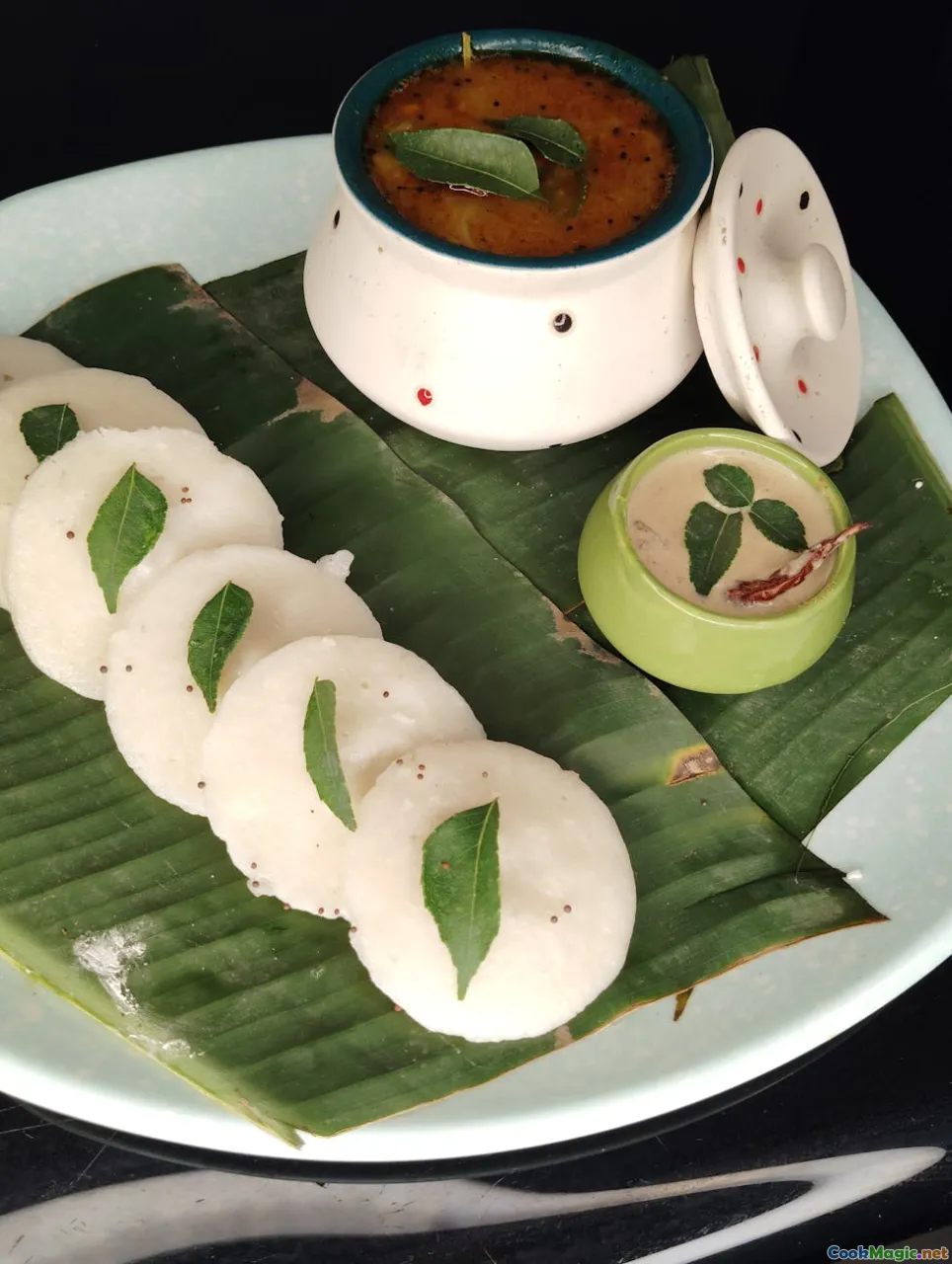
At Brahmin’s Coffee Bar, the coconut chutney arrives like asymmetric clouds. It’s unapologetically loose—more pourable than spreadable—white flecked with a little green. The flavor is fresh, almost snow-clean, with the bright-sour flicker of roasted chana dal and a hint of ginger. When the tiffin counter floods a plate of idlis with that chutney so it pools around the edges, you’re taught the first rule of the South: chutney is not garnish; it is a sauce.
Wander over to Malleswaram’s CTR (Sri Sagar) and you’ll find a different personality: thicker, sometimes slightly more chili-forward, often with a fresher coconut kick. In Chennai, at a neighborhood mess, the coconut chutney might be more austere: pale, a whisper of green chiles, maybe no tempering at all if the cook is a purist. The lighter the hand, the more the sweetness of coconut chimes.
Pro tip from a home cook who learned the hard way: the choice of fat matters. Using coconut oil for the tempering of mustard seeds and curry leaves gives you a coastal perfume; peanut oil pushes it into brassy landlocked territory; ghee makes it feel like Sunday.
Want to taste the heartbeat of a city? Stand at a darshini (local eatery) counter at 7:30 a.m., ear to the clatter of steel, and pay attention not just to the dosa but to the chutney buckets. Bengaluru’s gossip isn’t about coffee; it’s about who’s made the best chutney that week.
Tamil Thogayals and Podis: Concentrated Flavor You Eat with Rice
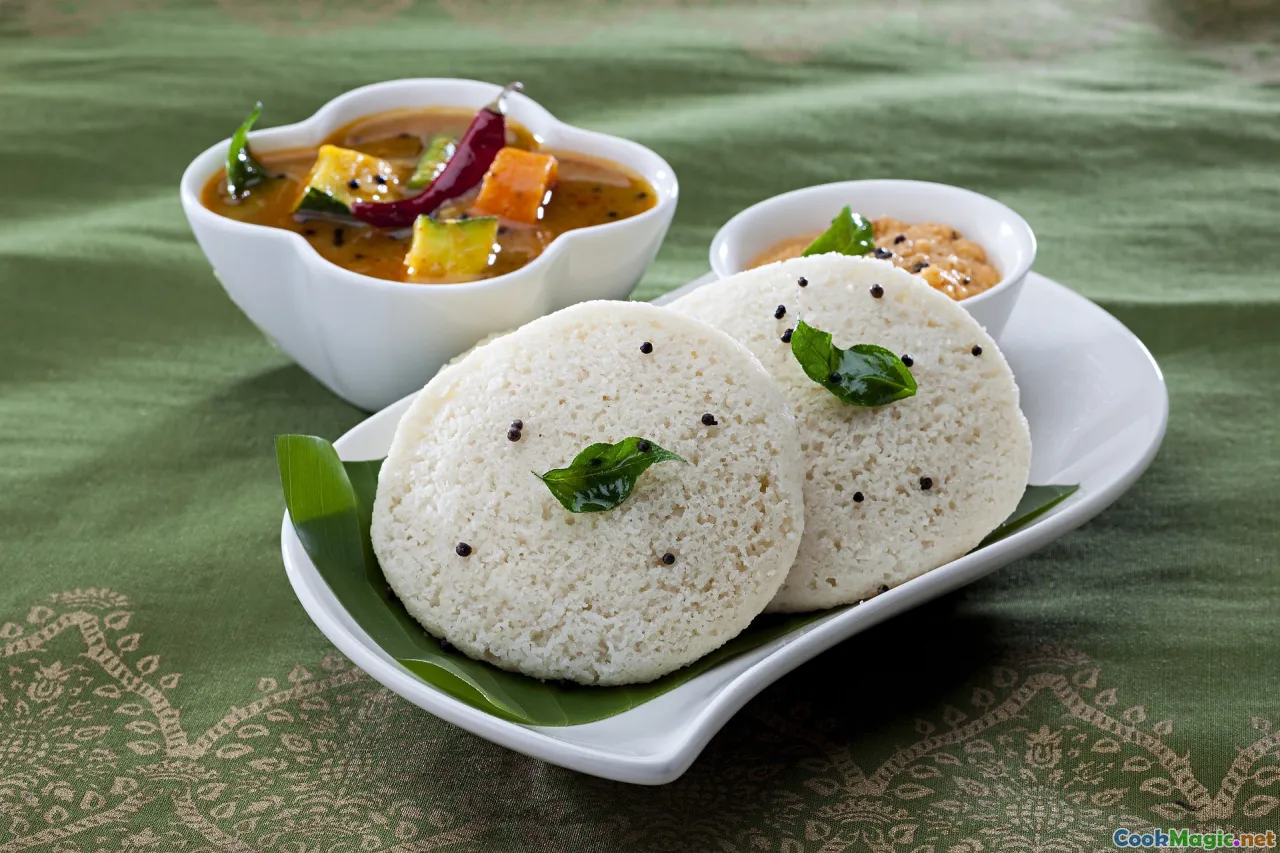
Thogayal—pronounced “thoh-guy-uhl”—is chutney’s deep-note cousin in Tamil homes: thicker, stronger, meant to be mixed with hot rice and a spoon of sesame oil or ghee. Think of it as a distillate of leaves and lentils.
A classic coriander thogayal pulls no punches. You roast urad dal till chestnut-brown and fragrant; add dried red chiles that go from matte to glossy; pulse with coriander stems and leaves (stems are where the muscle is), a knuckle of tamarind, salt, and a whiff of grated coconut. It’s less about spreadability and more about cling: it holds to rice like the best sort of comfort.
Podi, the dry “gunpowder,” gets sprinkled over idlis or stirred into oil for an instant dip. A family favorite in my Chennai aunt’s kitchen mixes roasted dal, sesame seeds, dried red chiles, a modest amount of garlic, and a pinch of jaggery. The aroma when you lift the lid hits like a warm library—roasted, nutty, a little smoky. Idlis dipped into ghee and dragged through that ochre dust turn into buttered thunder.
How to thogayal like a local:
- Use an ammi kallu (stone grinder) if you can; if not, pulse in a mixer briefly to keep texture.
- Balance sourness: tamarind for depth, raw lemon for sparkle. Don’t use both; decide your mood.
- Finish with heat control. A few drops of sesame oil bloomed with mustard seeds and asafoetida can either be folded in or poured on top for lazy punctuation.
Specifics to try:
- Pudina (mint) thogayal with curd rice: cool on cool, mint perfume floating over yogurt tang.
- Kothamalli (coriander) thogayal on hot rice with a fried appalam: crispy, herby, toasty.
- Vazhakkai (raw banana) thogayal—old-school, slightly earthy, excellent with sambar rice.
Andhra & Telangana Heat: Gongura Pachadi, Kandi Podi, Peanut Chutney

Guntur—the word itself feels like a pepper cleared its throat. In Andhra and Telangana homes, chutney is a manifesto of heat. Gongura pachadi is the canonical text: roselle leaves (sorrel) pounded with garlic, green or red chiles, and salt, then sealed with a tempering of crackling mustard seeds, fenugreek, and a red chile or two in hot oil. It’s sour as a monsoon tamarind, green like a forest, and the aroma of fenugreek-laced oil lingers like a drumbeat.
My friend’s mother in Vijayawada serves it with steaming rice and a cloud of ghee. The sorrel cuts through the fat like a clean blade, so each bite is sharp and buttery, loud and soft. In Ameerpet’s tiffin centers, you’ll also meet palli (peanut) chutney in shades from rose-pink to rust-red, depending on how the chiles are roasted. When it’s good, it smells like a festival stall: nuts, smoke, and a fine garlic bite.
Kandi podi, a toor dal-based powder, is another pantry hero. Toasted to a nutty bronze and ground with chiles, it can transform a plate of plain rice into a full sentence with just some ghee. Andhra’s genius is knowing that heat isn’t just about fire—it’s about tempo, echo, aftertaste. The pods of flavor keep opening as you eat.
Try this at home: Quick Peanut Chutney Template
- Roast 1 cup peanuts till skins freckle and the kitchen smells warm.
- Blend with 2–4 dried red chiles (to taste), 1 garlic clove, a marble of tamarind, salt, and 2–3 tablespoons water.
- Temper 1 teaspoon mustard seeds, a pinch of asafoetida, and a few curry leaves in 1.5 teaspoons hot oil; pour over.
- Optional: add a dash of jaggery if you want a rounder profile.
Kerala’s Chammanthis: From Mango to Roasted Coconut
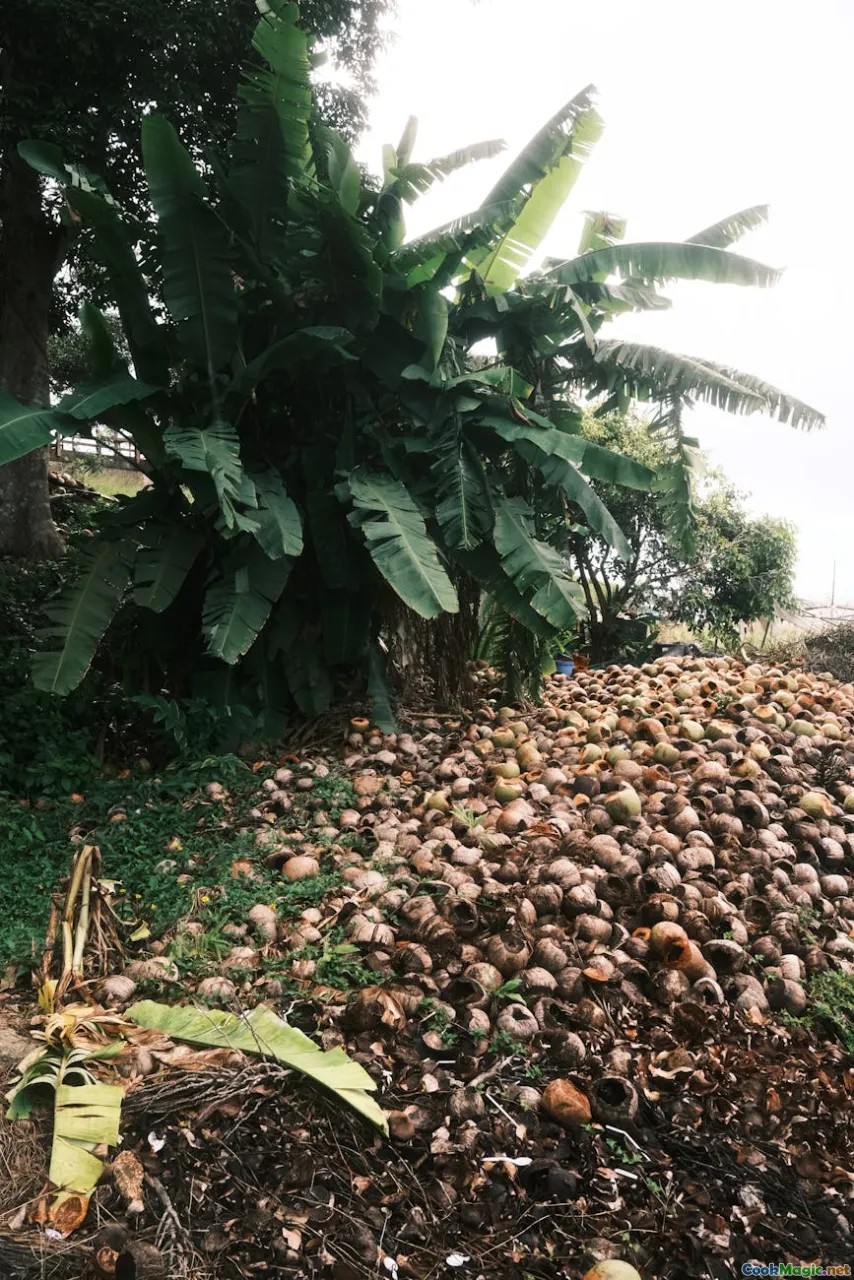
Kerala has a genius for coconut, and its chammanthis prove it. While the rest of the South often leans toward ladle-able chutneys, Kerala’s chammanthi is a pat: thick, minimal, often pounded in a stone mortar and offered as a companion to kanji (rice gruel), puttu, or kappa (tapioca).
- Pacha manga chammanthi: One of the purest tropical bites you’ll find. Raw mango, green chiles, grated coconut, and shallots pounded into a chunky paste, salt and a thread of coconut oil to finish. It’s green, it’s sour, it’s fruit and fire with a shine of oil—electric against grilled fish or even a simple omelet.
- Thenga chammanthi podi: Drier, made by slow-roasting grated coconut until it turns the color of old teak, then grinding with chiles and curry leaves. It crumbles between your fingers and tastes like smoke and memory. Dab a little on a banana leaf with warm red rice and a drizzle of ghee, and the world turns quiet.
- Mulaku (chili) chammanthi: Roasted chiles and shallots, charred slightly, then pounded with coconut and tamarind. This is your thunderclap with kappa and meen curry.
Kerala’s oils whisper differently too. A teaspoon of fresh, aromatic coconut oil added at the end isn’t just fat; it’s perfume. It wafts up like a palm grove at dusk.
Maharashtra’s Thecha and Dry Garlic Chutney: Heat with Character

Drive from Pune toward the Western Ghats and stop at a misal joint in a small town, and you’ll meet thecha: a rough, unapologetic mash of green chilies and garlic, sometimes with peanuts or sesame. Good thecha is coarse—you can see chile seeds, you can feel garlic shards. It burns high and clean, like sunlight in your throat.
Then there’s the dry garlic chutney that lives in the pocket of every vada pav. It’s crimson and gritty, a blend of garlic, dried coconut, red chili powder, and sometimes peanuts. It smells like sizzling oil and bus stops. Tuck it into soft pav with a hot batata vada and you’ve got a sandwich that crackles. In Kolhapur, watch for the local masala heat—strident but aromatic, peppery with a slight earthiness.
A trick I learned from a street-side vendor in Dadar: toast the garlic slices low and slow till they look like golden coins—no bitterness, just toffeeed depth. Then grind with grated dry coconut and chili. That little patience turns up the volume without screeching.
Goa’s Gentle Grind: Green Chutney and Fish-Side Relishes

Goa’s chutneys sway with the tides. For cutlets and croquettes at a family table in Panaji, you’ll find a bright green chutney that blends coconut, coriander, mint, and green chilies with a squeeze of lime—fragrant, beachy, not too hot. Served with fried mackerel, it feels like sea breeze on fried crispness.
There are also little relishes built on vinegar notes that nod to Portuguese inflections: tart, clean, sometimes a touch sweet. They aren’t the long-fermented pickles like balchão, but they do carry that briny, winey tang that cuts through the roundness of coconut and fish.
If you’re frying fish rava-style, paint a thin layer of this green coconut chutney on the plate—the contrast of warm, brittle semolina crust and a cool coconut-mint swoosh is the culinary equivalent of diving into a wave on a hot afternoon.
Gujarat’s Sweet-Sour Wizardry: Chundo, Leelo Marcha, and Sesame Whispers
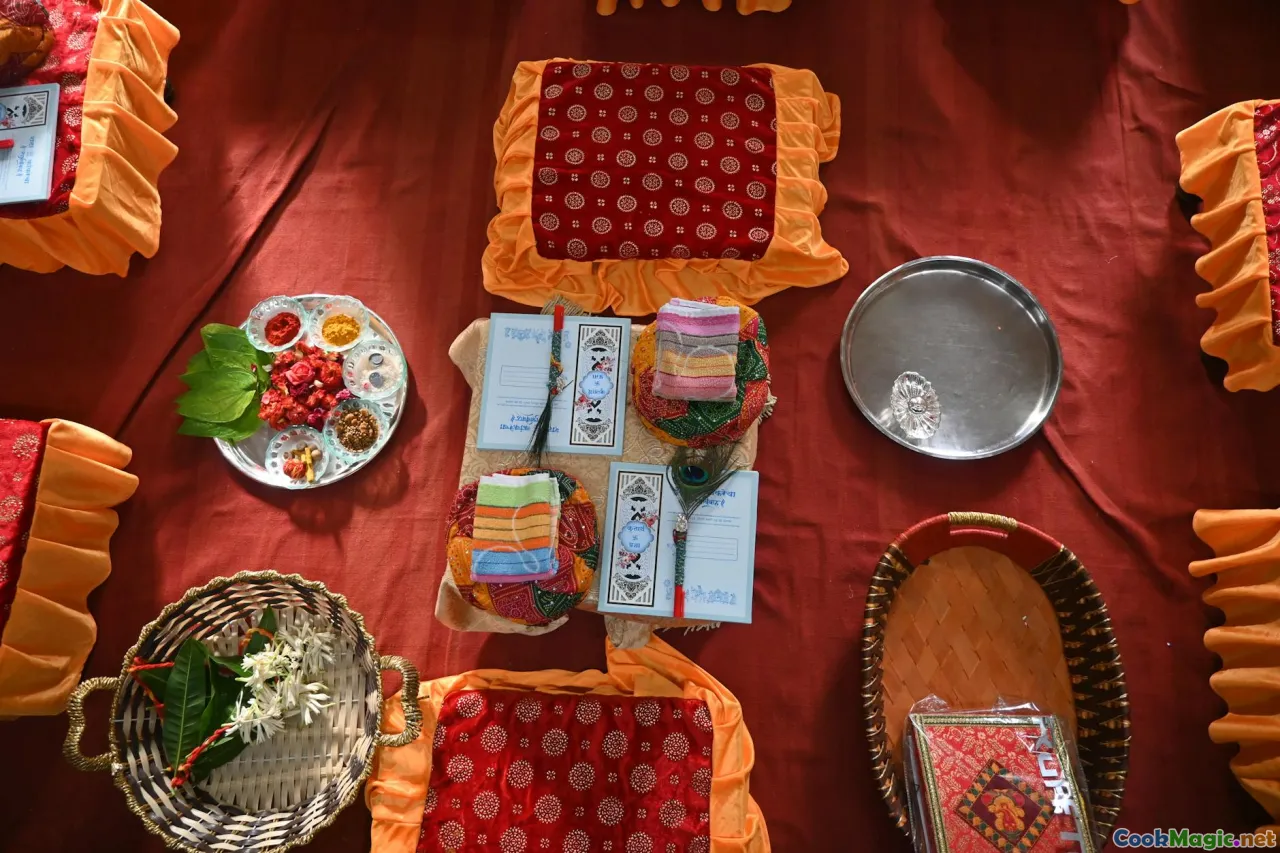
Gujarat likes its chutneys with wit. Chundo, the amber conserve of grated raw mango cooked down with sugar and spiced with chile and cumin, sits on thalis like a jewel. It’s sweet as a wink, then suddenly tangy; it sticks to the spoon and to your memory. With methi theplas, it’s the travel-friendly pair that laughs at mornings.
For the savory crunch crowd, leelo marcha (green chili chutney) carries the bright, grassy heat of fresh chilies, often rounded with peanuts or sesame and lively with lemon. The texture walks a line between paste and relish. At Manek Chowk in Ahmedabad, I once dragged a piece of hot fafda through a daub of leelo marcha on the side of a plate already busy with besan jalebi’s syrup and papaya sambharo’s crunch. It was chaos and it worked.
Gujaratis also do an elegant sesame-forward chutney for snacks like khaman and handvo—nutty, tenderly bitter, often thinned to a drizzle. A spoonful over spongy khaman, with a sprinkle of sev, is like adding a bassline.
Tip: Use a touch of jaggery in green chutneys. Not for sweetness—but to lift the greens’ flavor. It’s a Gujarati instinct that travels well.
North Indian Greens and Tamarind: Hari Chutney, Saunth, and Red Garlic Heat
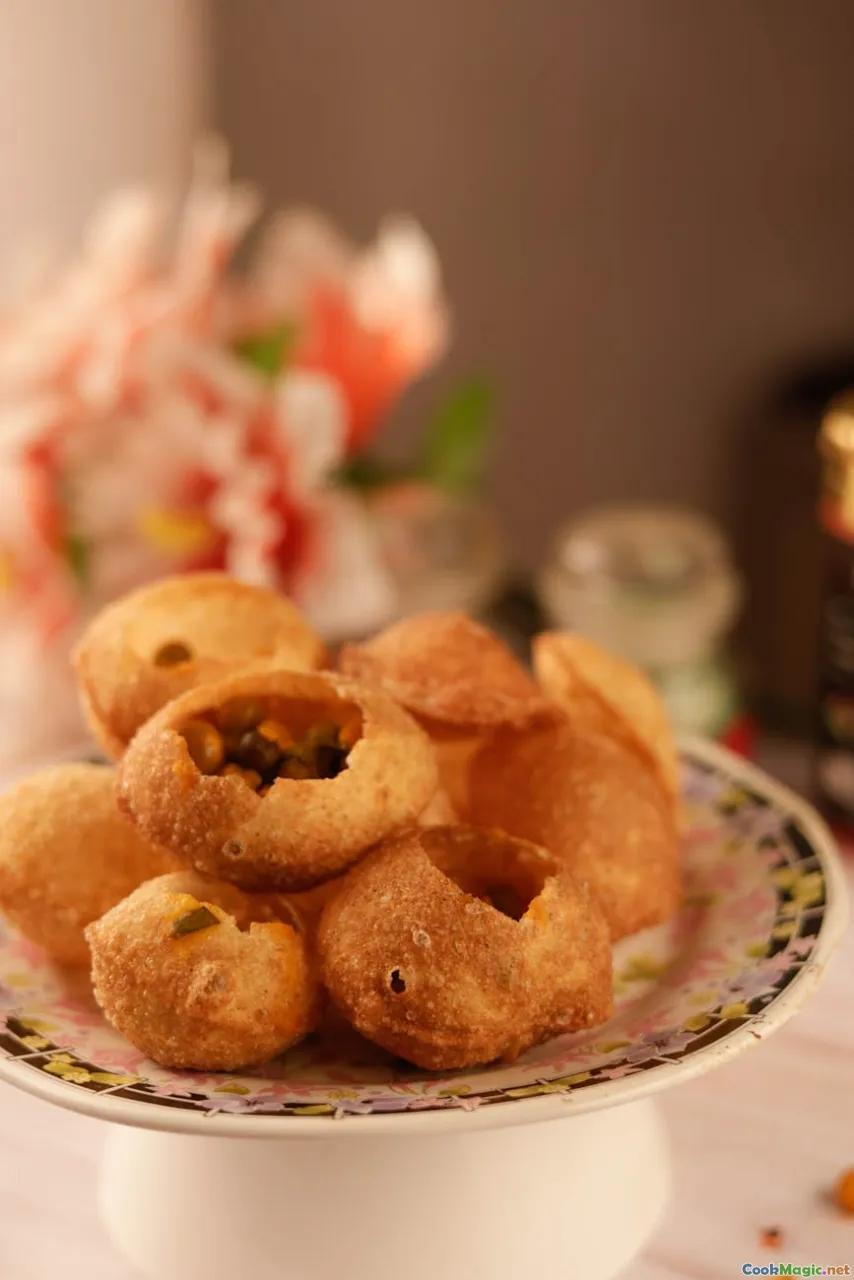
If you’ve eaten chaat in Delhi, you’ve tasted a duet: hari chutney and saunth. The green is spring in a blender—coriander, mint, green chilies, maybe a green mango sliver or a squeeze of lime, often bulked out with roasted peanuts or day-old bread to make it cling to aloo tikki. It smells like a garden after rain. When it’s perfect, your nose gets the mint first, then the coriander; the heat is polite; the salt precise.
Saunth is tamarind in its shawl: tamarind pulp cooked with jaggery (or sugar), spiced with dry ginger (saunth), fennel, and roasted cumin. It’s glossy, maroon, pourable. It drapes over dahi bhalla at Natraj in Chandni Chowk and makes the yogurt glow. I’ve tasted versions in Banaras that throw in a clove or two—Deena Chat Bhandar’s has a clove note that blooms right at the end, a little winter’s breath.
In Agra and parts of Uttar Pradesh, watch for laal mirch ki chutney—red chili pastes that sting and sing, sometimes brightened with garlic and vinegar-like sourness. In Lucknow, kabab vendors swipe a greenish chutney with tabak of mint, coriander, and raw mango that slices through the richness of galouti.
Don’t sleep on the sandwich-wallah chutney of Mumbai either: a green paste with coriander, mint, a hint of green chile, a few peanuts, a squeeze of lime, salt, and a secret ingredient—beet slice or a crumb of bread for body. Layered between buttered bread with thinly sliced tomato, potato, onion, and a shake of chaat masala, it’s an edible skyline.
Rajasthan’s Desert Zing: Lasun ki Chutney and Friends
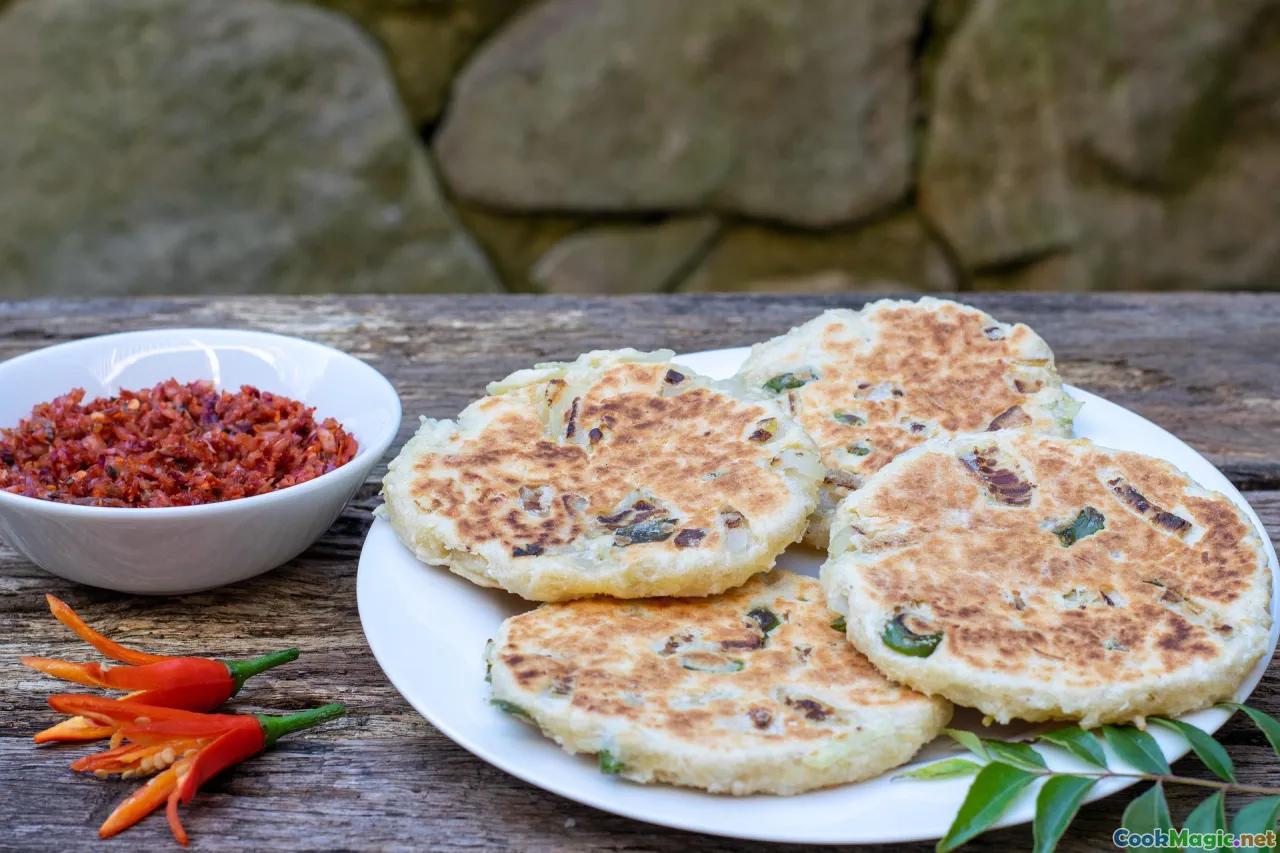
Desert cooking sharpens edges, and Rajasthani chutneys are honed. Lasun ki chutney, often paired with bajra roti or kachori, is a blaze of garlic and red chilies, sometimes thinned with sour buttermilk, sometimes thickened with tomato. The first spoon is a siren—raw, insistent, miraculous on ghee-smeared millet roti. You can smell it from a courtyard away.
For those who love tang with odd romance, ker and sangri—the desert berries and beans—sometimes end up in relish-like chutneys, tart-sour and leathery-chewy. They taste like sun and survival. A drizzle of ghee makes them relax and bloom.
Rajasthan also quietly champions powdered chutneys—roasted gram and chili mixes that stay shelf-stable in heat. Sprinkle some over gatta curry or on a simple paratha snack, and you’ve added crunch and cinder.
Kashmir to Himachal: Walnut Doon Chetin and Chukh

In Kashmir, the chutney you remember isn’t green; it’s tawny, earthy, and wet with memory: doon chetin, or walnut chutney. Pounded walnuts, green chilies, sometimes a curl of garlic, salt, and a splash of yogurt or water to loosen. The secret is the oil—mustard oil, just barely tamed, adds a peppery perfume that wraps everything. Served with nadru (lotus stem) kebabs or haakh, it’s an elegant, mountain-rich counterpoint—like a shawl for the palate.
Himachal has chukh, a fire-and-citrus relish that tastes like wind off a snowy orchard. Traditionally made with sun-dried local chilies pounded with a twist of lime (or local citrus) and salt, chukh is then nudged along with a touch of mustard oil or ghee. You eat it a dot at a time with siddu (steamed bread) or rajma-chawal, and watch the room warm two degrees.
If you’re making chukh at home, respect the chili. Roast it lightly to wake it up, keep seeds if you want the barbed-wire heat, and squeeze fresh lime at the end so the volatile oils ride on top of the spice. The smell alone could pull snowmelt forward a week.
Bengal and Odisha: Kasundi, Tomato-Khejur, and Alive with Mustard
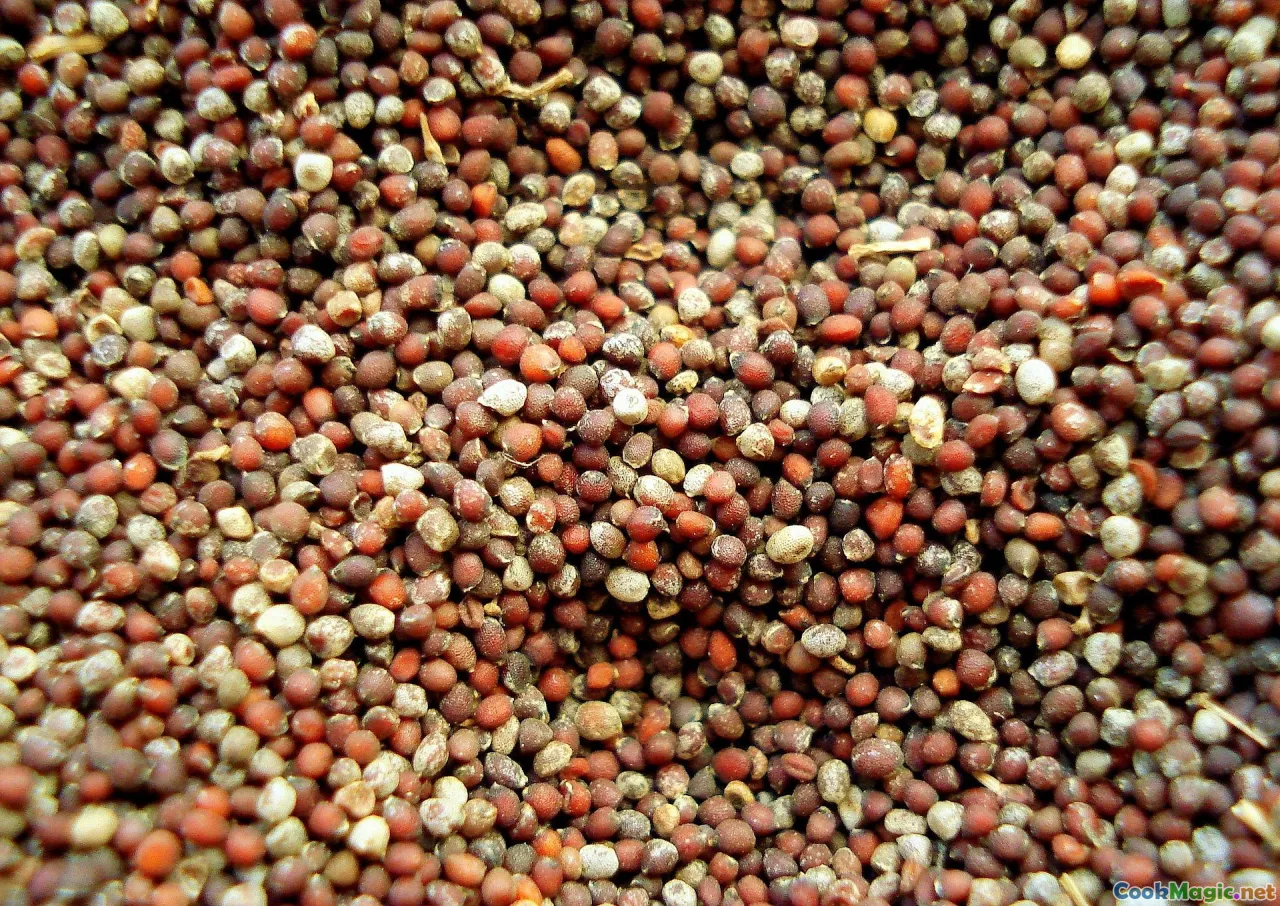
Bengal’s kasundi is a philosophy: mustard seeds stone-ground and fermented with green mango, chilies, and salt till it becomes sunshine-sharp, nose-pricking, and strangely addictive. It’s not a dip you eat by the spoon; it’s a dart you flick on shorshe maach, a platform you spread under a vegetable cutlet. Good kasundi feels alive—the kind of heat that’s not chili but a cleaning, wasabi-like candlelight in your sinuses. Even commercial brands like Sunrise bottle serviceable versions, but a homemade jar from a relative’s kitchen in Behala once reset my year. It was sour and grassy with raw mustard vigor, quieted later by a drizzle of fresh mustard oil.
Bengali meals traditionally end with a sweet-tart chutney. Tomato-khejur (tomato and date) chutney glistens like late afternoon. Tempered with panch phoron or just with mustard seeds, cooked down with jaggery, it leans more dessert than condiment. The texture is sticky-jammy; the taste is festival bells. With papad and a last mound of rice, it says “good night” to the savory world.
Across the border in Odisha, chutneys take on their own clarity—less drama, more hush. A tetul (tamarind) chutney scented with roasted cumin and a touch of jaggery is lean and bright, especially alongside dalma (vegetable-lentil stew). Raw mango and chili chutneys there can be surprisingly minimal: just fruit, chile, salt, and an oil tempered with mustard seeds and curry leaves. The result is refreshing—like a shallow river over smooth stones.
If you’re on Pakhala Dibasa (celebration of fermented rice water and rice), you’ll meet tiny bowls of sides—green chiles mashed with salt, raw onion, sometimes a quick chutney of sun-dried mango (ambula) moistened with water and mustard oil. They’re more gestures than recipes; they make the day slow down.
The Northeast: Ghost Pepper, Bamboo Shoot, and Timbur’s Tingle
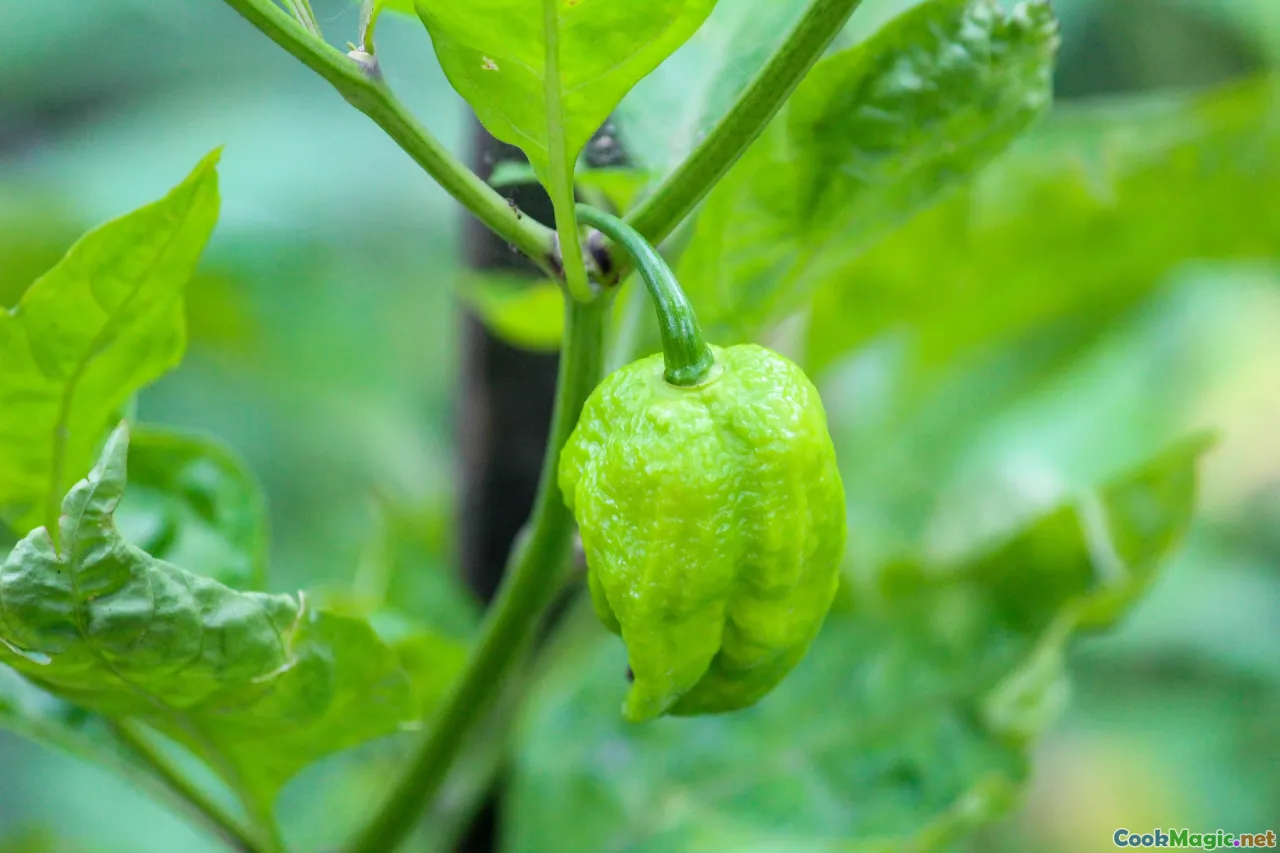
The Northeast’s chutneys smell like forests and fire. In Nagaland, a simple bhut jolokia (ghost pepper) chutney can be just the pepper—smoked or blistered over flame—pounded with Naga garlic, salt, and a spoon of its own brine or a splash from fermented bamboo shoot. The first taste is a dare; the second, oddly focusing. Your cheeks warm; your ears tune in; the rice on your plate suddenly matters more.
At a homestay near Kohima, my host added a little tomato to mellow the pepper, and the chutney looked like a sunset. Bamboo shoot contributed a gentle, woody funk—comforting, not aggressive.
Sikkim and the hills around Darjeeling borrow from Nepali kitchens: timbur ko achar (a chutney with Sichuan pepper, called timbur) gives a citrusy, numbing glow. Add it to a tomato-chile base and watch your lips sing. On a misty evening with momos, it’s the difference between good and unforgettable.
In Meghalaya, a roasted sesame and chile chutney sometimes accompanies jadoh. Nutty, earthy, with a soft bitterness, it lays down a carpet for grilled meats. It’s the kind of everyday brilliance that never shows up on tourist brochures but stays in your mouth’s memory.
A Tale of Three Tamarinds: Saunth vs. Andhra vs. Odisha
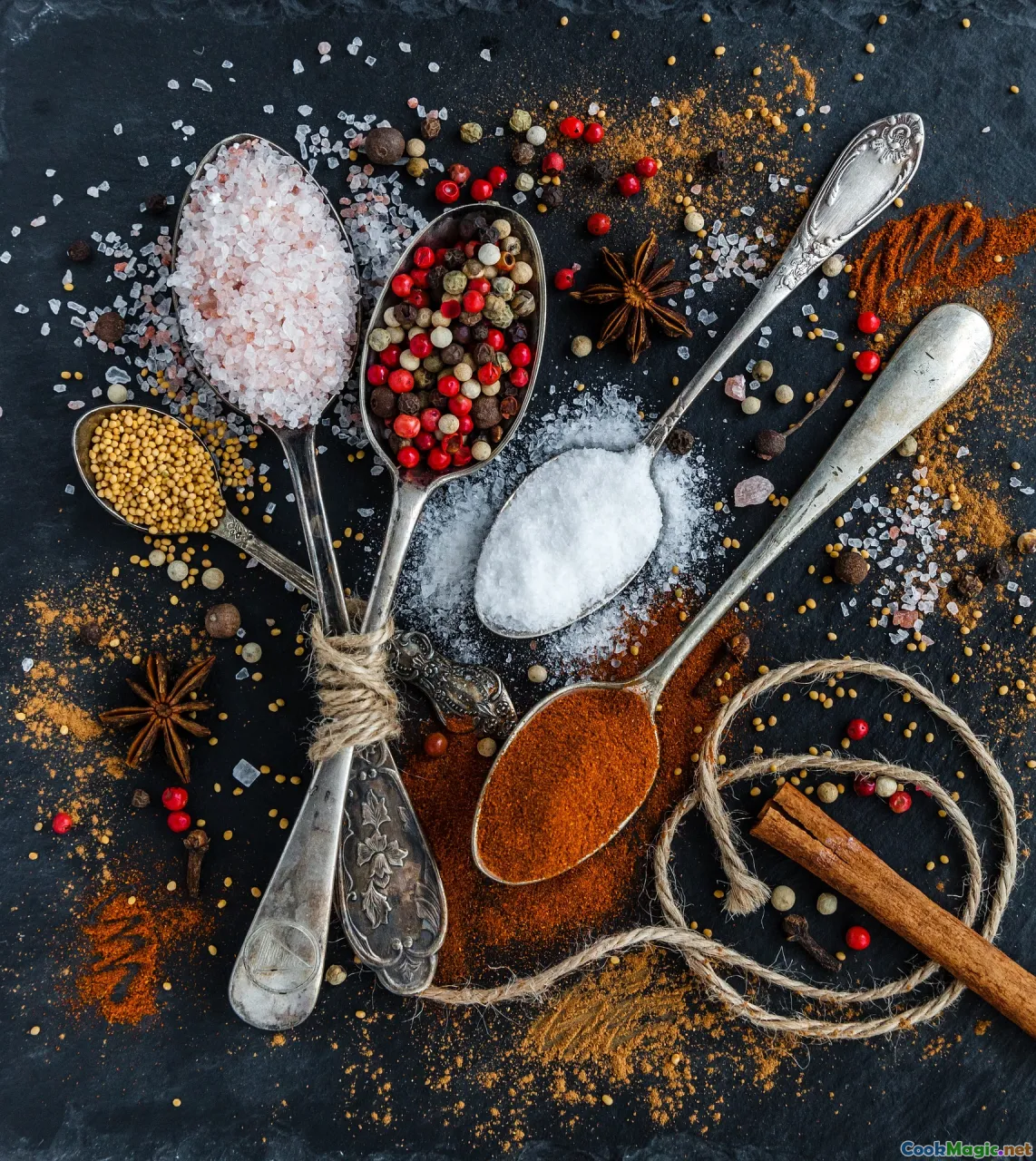
Tamarind is the axle of many chutneys, but region changes the song:
- Delhi’s saunth: Reduced tamarind and jaggery till syrupy; spiced with dry ginger, fennel, cumin; glossy and sweet-sour. Designed to slide and coat—textural and visual drama for chaat.
- Andhra tamarind in peanut or tomato pachadi: Rawer, more tangy; tamarind acts as the acidity backbone rather than a sweet-sour glaze. Often no jaggery, or just a whisper.
- Odisha’s tetul chutney: Lean, breath-of-air tamarind with a hum of roasted cumin and mustard seed tempering. More clarity, less sticky sweetness.
Same fruit, three attitudes: performance, backbone, and clarity.
City Sandwich Secrets: The Green Chutney of Mumbai
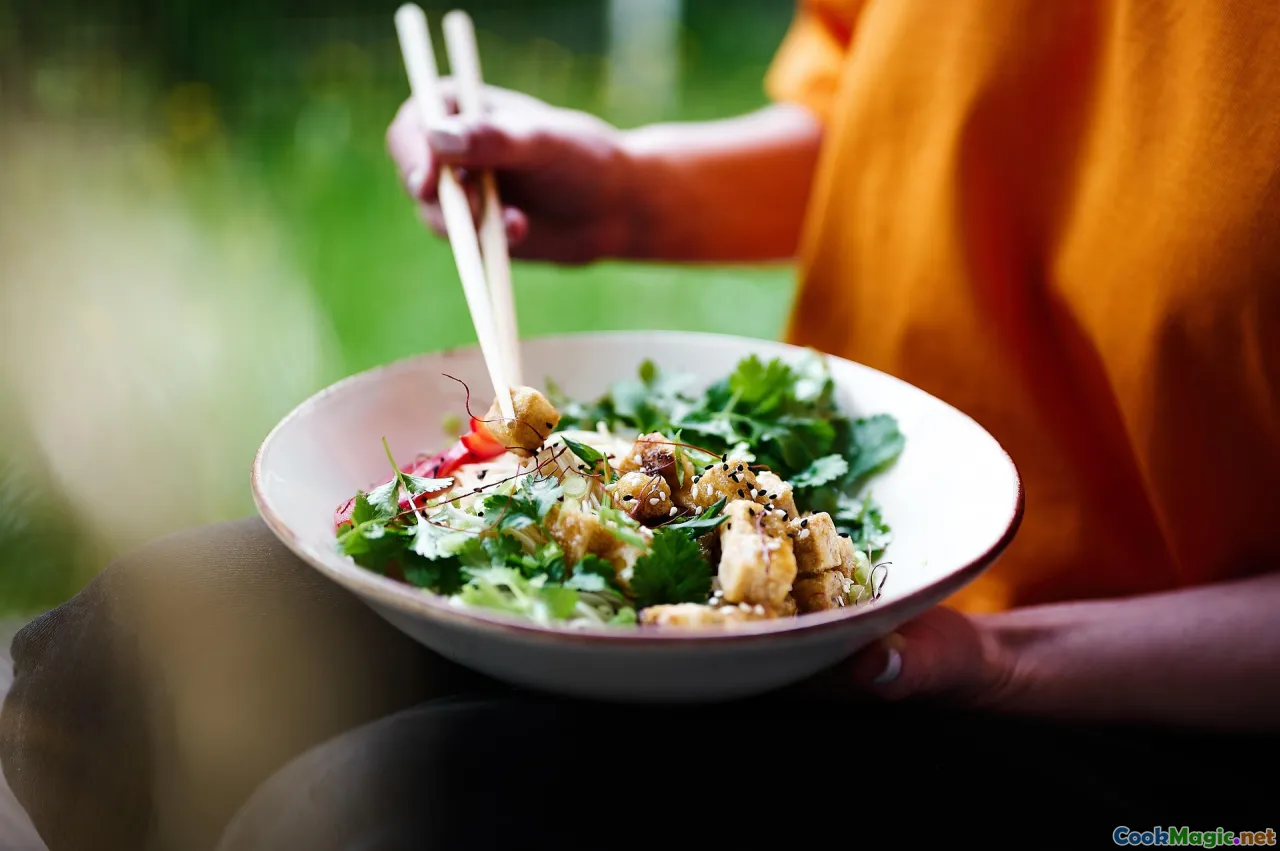
At Churchgate and CST, you’ll find sandwich-wallahs who spread green chutney like graffiti. The best versions balance water content and oil so the bread doesn’t get soggy. There’s often a handful of roasted peanuts ground in (body), a dash of lime (lift), a tiny sugar crystal (Guju whisper), and fresh ginger (tingle). The aroma when the lid lifts is fresh-cut grass with citrus.
Try this template:
- 2 cups coriander leaves with tender stems, 1 cup mint leaves (stems tough—avoid), 1 small green chili, 2 tablespoons roasted peanuts, ½ inch ginger, juice of ½ lime, salt, and a pinch of sugar.
- Blend with as little water as needed. Pull back and taste for salt and sour. Adjust with a leaf or a lime, not more water.
- A teaspoon of neutral oil emulsifies and keeps it from oxidizing too fast.
Layered with butter, sliced cucumber, beet, tomato, boiled potato, onions, and a snow of chaat masala, this chutney turns a cheap sandwich into a city anthem.
How to Build Any Chutney: A Local’s Template

Chutneys differ, but the bones align. Think in modules:
- The Body:
- Fresh: coconut, herbs, tomatoes, onion, raw mango
- Roasted: peanuts, sesame, dal, dry coconut
- Fermented: mustard, bamboo shoot brine
- The Acid:
- Tamarind, lime/lemon, raw mango, vinegar (Goa), tomato
- The Heat:
- Green chili (fresh heat), dried red chili (smoky heat), mustard (nasal heat)
- The Salt and Sweet:
- Salt, jaggery/sugar/dates to balance
- The Perfume (tempering or finish):
- Mustard seeds, curry leaves, asafoetida, cumin; oils like coconut, mustard, sesame, ghee
Workflow:
- Decide texture: spoonable, stick-to-rice, or powder.
- Choose a body and roast if needed for complexity.
- Grind/pound with acid and heat. Keep it brief for texture; longer for silk.
- Temper if the style demands: heat oil, crackle seeds, wilt curry leaves, pour hot over the chutney so the spices bloom on contact.
- Taste and adjust: salt opens; acid brightens; fat smooths; a pinch of jaggery rounds.
Mortar vs. blender: A stone mortar releases oils differently—less heat from friction, more texture. A blender is fast but can bruise herbs, turning greens dark. If using a blender, add a few ice cubes or chill the jar to keep herbs bright.
Pairings: What to Eat with What
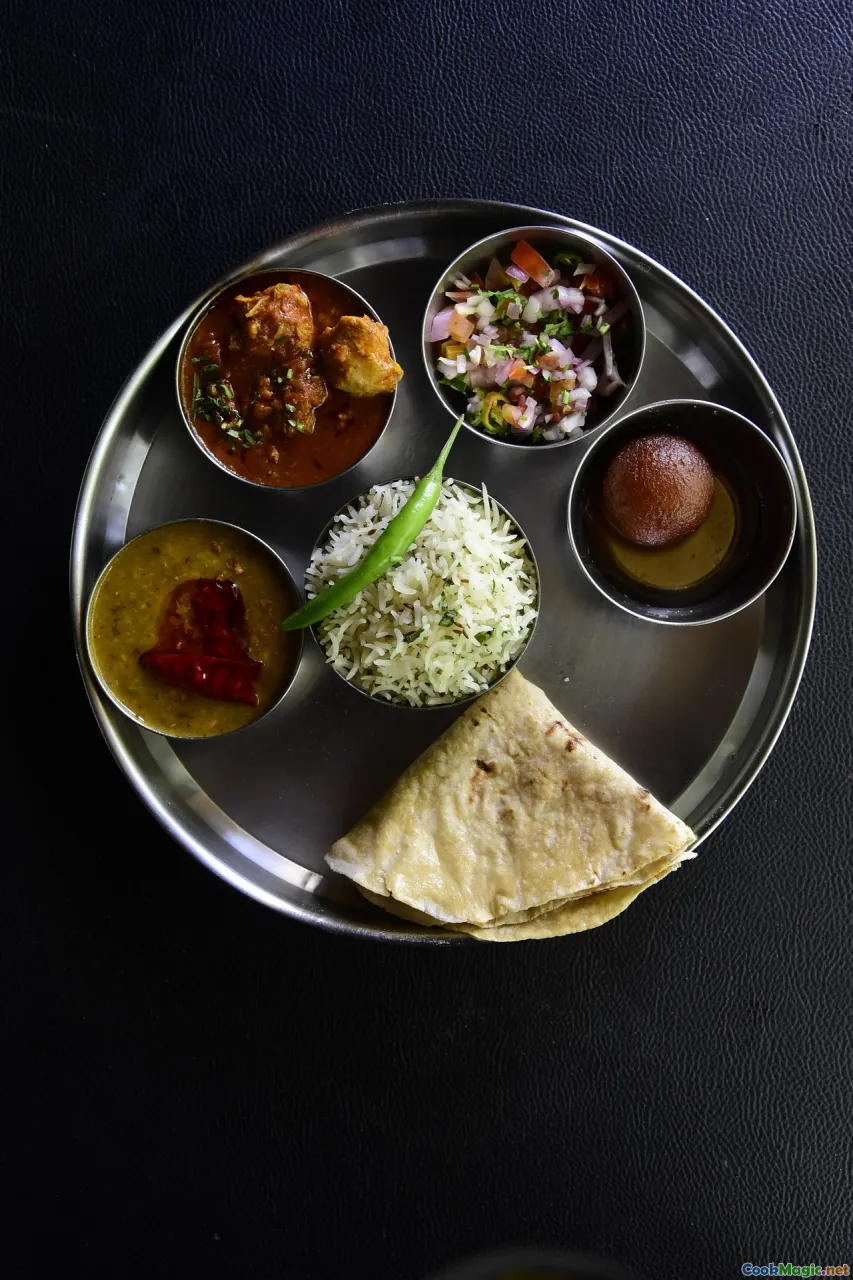
- Coconut chutney (South): idli, dosa, medu vada; also excellent with grilled prawns.
- Peanut chutney (Andhra/Telangana): pesarattu (green gram dosa), uttapam, upma.
- Thogayal: hot rice with sesame oil or ghee; fried appalam; curd rice.
- Chammanthi podi (Kerala): red rice, banana, and a dab of ghee; afternoon snack with tea.
- Thecha (Maharashtra): bhakri (millet flatbread), pitla (gram flour curry), curd.
- Dry garlic chutney: vada pav, bhajiya, grilled corn.
- Hari chutney (North): aloo tikki, paneer tikka, Bombay sandwich, pakoras.
- Saunth: dahi vada, papri chaat; surprisingly good drizzled on fried eggplant.
- Lasun ki chutney (Rajasthan): bajra roti with ghee, kachori.
- Doon chetin (Kashmir): kebabs, haakh, warm naan.
- Kasundi (Bengal): fish cutlets, shorshe maach; use sparingly in salad dressings.
- Tomato-khejur chutney: end of meal with papad; also as an elegant toast spread with sharp cheese.
- Bhut jolokia chutney (Nagaland): simple rice and boiled pork; momos in small doses.
- Timbur tomato chutney (Sikkim/Nepali-style): steamed momos, thukpa.
Sourcing and Seasonal Smarts

- Coconut: Freshly grated tastes different from frozen. If using frozen, thaw gently and add a teaspoon of warm milk or coconut water when grinding for silk.
- Herbs: Coriander stems are flavor banks—use them. Mint stems can be bitter—avoid.
- Raw mango: Early-season mangoes are more pectin-rich and tart; ideal for chammanthi and kasundi. Later-season mangoes lean sweet—adjust jaggery.
- Chilies: Thin-skinned dried chiles (Byadagi, Kashmiri) give color without brutal heat. Fresh small green chilies are hotter than the long ones—add incrementally.
- Mustard oil: For kasundi and Eastern chutneys, buy “kachi ghani” (cold-pressed). Heat it till it just smokes, then cool—this softens the raw edge.
- Tamarind: Use block tamarind soaked and strained for purity. Concentrates can be sharp—add judiciously.
Ferment, Roast, or Raw: Choosing the Right Technique

- Raw grind: Best for bright herb chutneys and fresh coconut. Keep cold to preserve color.
- Roast: Peanuts, sesame, and dal need roasting to wake aromas and add resilience. Roast till you can smell nuttiness across the room.
- Char: A direct flame or hot griddle char on tomatoes, chilies, and onions creates a smoky ring without bitterness. Scrape the blackened skin lightly; don’t wash away the flavor.
- Ferment: Kasundi is a gentle fermentation. Clean, dry equipment, a bit of sun or warm corner, and patience. The smell shifts from blunt mustard to a rounded, living sharpness.
- Temper: A final tarka (temper) adds top-note aroma and texture. Heat oil fully—mustard seeds should pop like tiny fireworks; curry leaves should crisp without blackening.
Tiny Stories, Big Lessons

- Guntur, summer: My host’s grandmother warned me about the gongura’s sourness, then folded a spoon of it into hot rice with ghee. She watched me take the first bite, eyes twinkling. “Now you know why we don’t need rasam every day,” she said. The gongura was thunder and butter; I didn’t speak for a minute.
- Banaras, evening: At Kashi Chaat Bhandar, saunth draped a papri chaat like silk. A clove flicker showed up late, elegant and cheeky. As a boatman sang on the ghats, I thought: someone here has a cinnamon stick they use once a year.
- Srinagar, winter market: A vendor handed me a finger of walnut chutney. It smelled faintly of snow and mustard. I ate it with bread while watching men roll out namkeen kulcha. The heat was a whisper; the walnut felt like old wood, good wood.
- Bangalore, morning: Brahmin’s coconut chutney flooded a plate. A boy, maybe eight years old, lifted his idli like a lifeboat and grinned. You learn young in that city that good chutney isn’t a dab. It’s an embrace.
Set Up a Chutney Bar for an Indian Dinner

Variety turns a casual dinner into a tasting trip. Aim for four chutneys that span color, texture, and region:
- Coconut chutney (South) for dosa or steamed rice cakes
- Hari chutney (North) for pakoras and kebabs
- Thecha or dry garlic chutney (West) for breads and fried snacks
- Kasundi or tomato-khejur (East) for fish or as a sweet ending
Add a bowl of podi with ghee, and a small jar of saunth. Label them with their regions; pour temperings just before guests arrive to perfume the room. Keep one mild, one medium, one hot, and one sweet. Put warm breads or steamed idlis nearby—they are chutney’s best canvases.
Two Quick Recipes to Start Today

- Classic South Indian Coconut Chutney with Tempering
- 1 cup freshly grated coconut
- 2 tablespoons roasted chana dal (dalia)
- 1 green chili
- ½ inch ginger
- Salt to taste
- Water to grind (2–4 tablespoons)
- Tempering: 1 teaspoon coconut oil, ½ teaspoon mustard seeds, 6–8 curry leaves, pinch asafoetida
Blend coconut, dalia, chili, ginger, salt with water till slightly coarse. Heat oil, pop mustard, add curry leaves and asafoetida. Pour over the chutney. Serve immediately with idli or dosa.
- Rajasthani Lasun ki Chutney
- 12 cloves garlic, sliced
- 6–8 dried red chilies, soaked and drained
- 1 medium tomato, blanched and peeled (optional but rounds flavor)
- 2 tablespoons oil (peanut or mustard)
- 1 teaspoon cumin
- Salt to taste, ½ teaspoon jaggery (optional), 1 tablespoon vinegar or 2 teaspoons lime juice
Sauté garlic gently in 1 tablespoon oil till pale gold. Grind with chilies, tomato, salt, and vinegar to a paste. Heat remaining oil, sputter cumin, and fry paste 2–3 minutes. Finish with jaggery if desired. Eat with bajra roti, kachori, or anything fried.
Storage, Safety, and Brightness
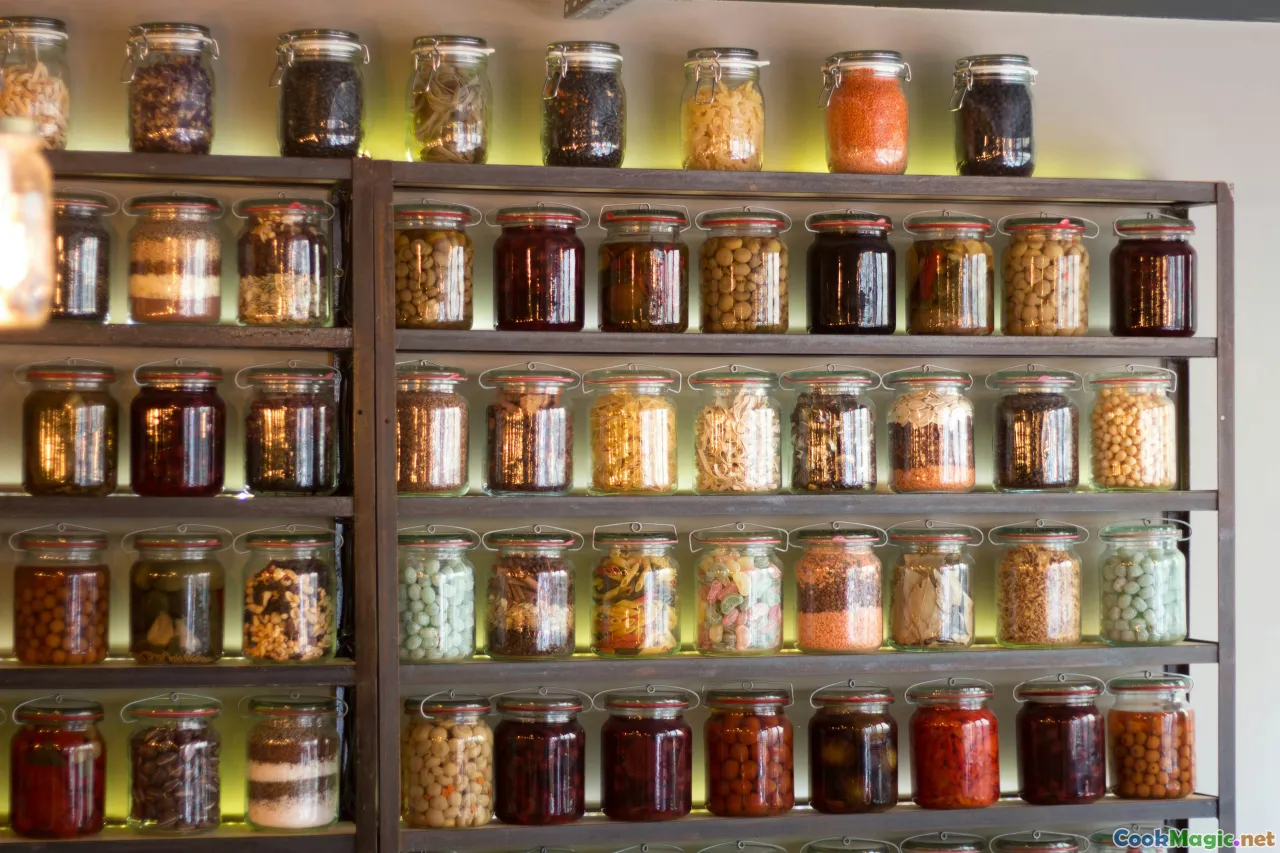
- Fresh herb chutneys: Refrigerate and use within 2–3 days. A teaspoon of oil and a squeeze of lime slows browning. Cover tightly.
- Coconut chutney: Best the day it’s made. If storing, keep tempering separate; re-temper before serving to wake it up.
- Dry powders (podi, chammanthi podi): Airtight jar, cool dark place—lasts weeks. Add a bay leaf or dried chilies to keep moisture away.
- Fermented mustard (kasundi): Clean jars, dry spoons, and a top layer of mustard oil keep it safe for months.
- High-heat chutneys (thecha, lasun): Oil is preservative—cover the surface; refrigerate for a week.
If flavor fades, don’t panic: a fresh tempering—mustard seeds cracked in hot oil with a few curry leaves—can reboot a tired chutney like a new chorus.
Finding Your Own Regional Voice

The point isn’t to memorize recipes; it’s to speak chutney as a language. Learn the accents, then improvise:
- South: coconut, curry leaves, tempering for top notes
- West: peanuts, sesame, garlic, assertive chilies
- North: mint, coriander, tamarind syrups, chaat masala friends
- East: mustard oil, raw mustard heat, sweet endings
- Hills: walnut earth, citrus-lime clarity, ghee hush
- Northeast: fermented whispers, ghost heat, numbing timbur
Try swapping elements within reason. Peanut in a North Indian green chutney? Adds body. A dab of kasundi whisked into yogurt? Marinade magic for fish. A touch of jaggery in an Andhra tomato pachadi? Bridge-building.
Standing in a market in any Indian city, you can collect a tour of chutneys with your nose. The heady breath of fresh coriander says North. The nutty warm halo of roasted peanuts says West. A drift of coconut oil and curry leaf says South. Mustard oil’s peppery perfume says East. If you listen closely, each scent is a compass.
When I think back to that first tumbler of coconut chutney in Bengaluru, I remember more than taste. I remember the line of people, shirts damp from the city’s early humidity. I remember the man who ladled the chutney without looking, muscle memory guiding his arm. I remember the way the chutney flowed around the idli like a moat—a generous, everyday plenty. That’s what chutneys are across India: small gifts of generosity, bright with season and spirit, eager to wake the food beneath them. Travel for them. Make time for them. And if you can, grind them by hand at least once. The sound of stone on stone, the smell of fresh leaves bruising, the first lick from the spoon—you’ll hear the country speaking back.









